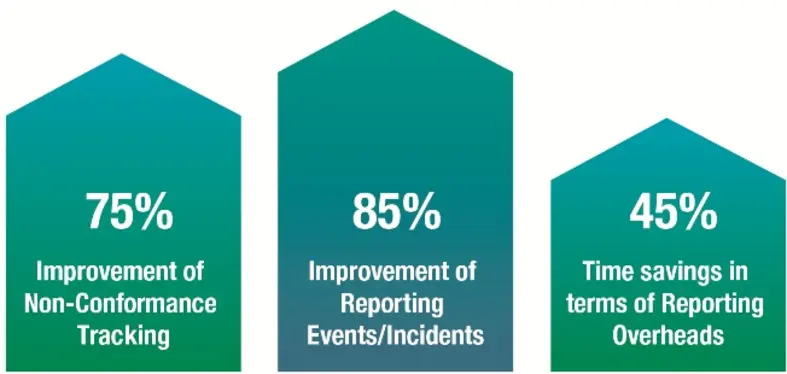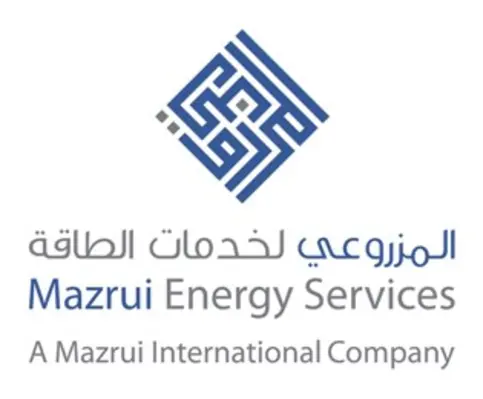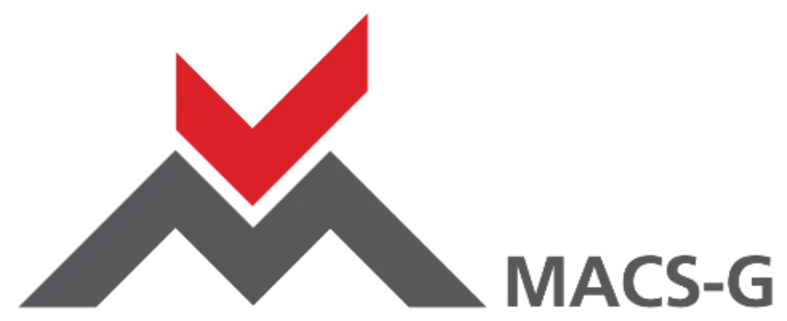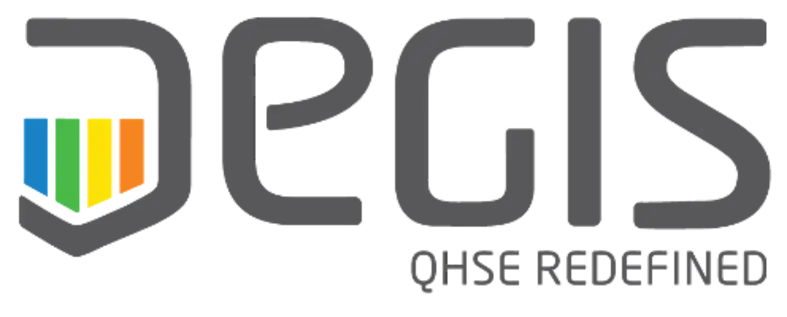Patrik Cekada, head of quality, health, safety and environment management (QHSE), Mazrui Energy Services (MES) Group, and Gaurav Khupsare, head of business development, MACS-G Solutions, have discussed the major drivers in adopting technology to manage HSE and the impact of the Aegis 360 solution in supporting this vision
Abu Dhabi-based Mazrui Energy Services LLC, part of Mazrui International, is one of the leading energy companies in the Middle East, with operations throughout the region. With its 11 operating businesses and joint ventures, Mazrui Energy Services is a respected and trusted partner in the Middle East’s energy industry. Its operations focus on engineering and oilfield services, local manufacturing, representation and investments. The company provides technical value-added solutions to a broad and long-established customer base.
MES sets high standards in QHSE across its companies and contractors. Being an API Q1, API Q2, ISO 9001, ISO 22301, OHSAS 18001 and ISO 14001 certified company since 2006, MES was looking to target a full ISO 45001 compliance certification for its companies which it achieved in 2018, thereby becoming one of the first companies within UAE to implement these frameworks.
With this vision in mind, MES QHSE head Patrik Cekada was looking to digitise and subsequently improve on the QHSE culture within the group. After careful due diligence, MES decided to implement Aegis 360, by MACS-G Solutions, an innovative player in the QHSE digitisation and software management system market.
After the successful roll out three years ago across its 11 companies, Mazrui Energy Services HSE department became one of the leading adopters of this technology in the region.
Gaurav Khupsare (GK): What were the drivers that led you to look at technology as one of the critical factors to meet your vision towards MES’s HSE culture?
Patrik Cekeda (PC): Technology is basically driving everything in our corporate and personal lives. Look at our cellphones or computers, they are vastly different from even five years ago. It is natural that we as humans and our interactions have evolved. The ‘human’ element within health and safety is key and it is therefore crucial to realise that the organisations need to use technology to evolve into something better. This is true not just for HSE, but for any process within a company.
We at MES are always looking to expand our reach, and I believed that it was the correct time to implement Software Enabled HSE into the organisation.
GK: What were the key challenges facing you as an HSE leader that you wanted technology to address, and how do you think they can be overcome?
PC: One of the biggest challenges today across the industry is the paradigm shift into what were traditionally looked at energy resources, resulting in considerable market variations. Over the past few years, our industry has been evolving and trying to optimise the resources at hand, so we are doing more with less. Coupled with this is the ever more critical aspect of maintaining a safe workplace in the interests of competitive advantage. I wanted technology to enable our business to work smarter, not harder. Moreover, I wanted the entire organisation to ‘THINK’ HSE in everything they do, and hence reaching everyone was imperative. In effect, implementing technology was to be a CULTURE change, and we wanted it to be as fluent and smooth as possible.
GK: MES workforce is comprised of many different nationalities and cultures. Was this something you worried about when deciding this shift in your HSE management?
PC: Not really, we are all part of society and an organisation is no different. Technology today, especially our smartphones, enables us to communicate very efficiently with people from diverse backgrounds and beliefs. If anything, I believe implementing digitisation would only bring more coherence to how we at MES go about our HSE. Staying safe and healthy is essential to all.
GK: What were the major reasons in selecting Aegis as your QHSE Management solution?
PC: At MES, I was looking for a software provider as well as a company which understands what are the actual challenges we as HSE face at field level. MACS-G Solutions, with its background specifically in the oil and gas industry and the know-how to get such projects off the ground, coupled with a strong product, Aegis 360, made it a compelling choice to go with.
GK: And what about Aegis as a product, what were the considerations there?
PC: The first thing we were looking for was ease of use. If the system was not going to be user-friendly or was going to be task-intensive, then it would prove to be a challenge implementing it across our companies. Aegis was pretty well what we were looking for; an easy to use “off the shelf” product that was cost effective and simple enough to be successfully implemented at the field level. Price and the possibility to use one software across multiple companies were major factors as well.
The ability to customise the system dramatically played a critical role in it being the solution we chose to invest in. Having the ability to essentially tailor system inputs on an as needed basis, dramatically expedited our ability to implement Aegis in the field and to make corrections and amendments in real time.
MACS-G, as a company, provided support to us to customise aspects to the solution, which would be essentially tailor made to our business.
GK: Talking about numbers, how has Aegis Implementation improved efficiency in terms of HSE within Mazrui?
PC: Yes, it is critical to understand the impact of such a change. Aegis has helped us to centralise much of our QHSE data, which has in turn, dramatically enhanced our internal efficiency and data analysis capabilities. The ability for the system to consolidate customisable corrective action assignment and mail notifications has improved our ability to communicate and more easily verify action implementation. Some of the important findings of this implementation would be:
Improvement of Non-Conformance Tracking: (75 per cent)
Improvement in Reporting Events/Incidents: (85 per cent)
Time savings in terms of Reporting overheads: (45 per cent)
Apart from this, the mobile app and kiosk-enabled reporting have drastically improved visibility across the organisation on all aspects of HSE, which in turn pushes the culture. This is of far more value to us as a company.

GK: What do you think will be Aegis’ role within your operations moving forward?
PC: Aegis will play a significant role in our operations moving forward. The system has been put in place to establish a baseline to measure the application of our management system in the field. Moving ahead, I expect it to be a data consolidation and management platform as well as a proactive monitoring tool. Currently, we are in the process of implementing Aegis Insights, which is a layer of intuitive in app analytics which I understand that the team at MACS-G is moving into the ML/AI mode. For me that extremely exciting to see, what we can do with such a solution in hand.
GK: How do you see HSE practices in the region, what are the new trends and how do you view the future of HSE professionals in the GCC/Middle East?
PC: HSE needs to be more proactive and Safety 4.0 driven. The importance of core compliance cannot be overstated, but in order to mature the industry, we need to transition HSE and HSE professionals to be more focused on the proactive measures that have been proven to keep our workers safe. I would say that the behavioural change is at the core of this transformation, and we need to leverage all tools available us including, but not limited to, technology to ensure that safety is no longer viewed as merely a compliance driven need, but something that is part of the fabric of any organisation.











